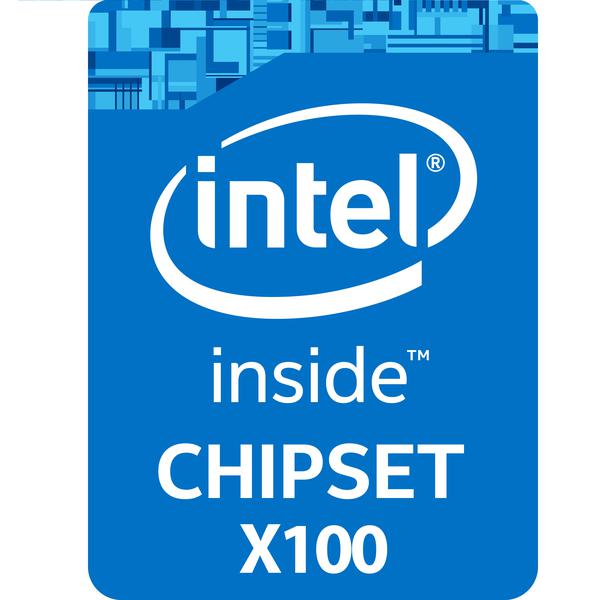Днес имаме доста голямо изтичане на информация с много нови подробности за предстоящите Skylake процесори на Intel. Като начало Microsoft премахва поддръжката за EHCI хост контролера (USB 2.0 спецификация) и запазва само спецификацията на xHCI хост контролера (известен също като универсална USB 3.0 спецификация). Въпреки че спецификацията на USB 3.0 е обратно съвместима с повечето функции на USB 2.0 и 1.0, инсталирането на Windows 7 през USB няма да бъде една от тях (източник: EXPReview).
Базов щанцован рендер на чип Skylake. @ Обществено достояние на Intel

I have to admit one thing though, Intel has absolute plausible deniability on this. No one can claim with 100% certaintythat they are in league with Microsoft in trying to push Windows 7 users to finally get a move on. The reason for that is that the discarding of EHCI was inevitable sooner or later, and while they could have taken steps to remedy the problem easily, they have no compulsion to do so.The problem begins with the fact that Windows 7 does not have the code to support master xHCI based installation via USB, with only installation over EHCI allowed.
You might be thinking that one can always take the bootable DVD route and even though research indicates that dependence on optical drives is diminishing by the second, it has its own caveats. You better hope that your motherboard has a PS/2 port because even while installing from a DVD, the USB ports wont work (during the install setup). If you have just one PS/2 port you will have to switch your PS/2 based mouse and keyboard as required through the entire process. All this means that Windows 7 will be very very troublesome for people to install and in most of the cases, people will consider it not worth the effort. Even if you do get it to work, the lack of EHCI means there might be unforeseen compatibility issues in the future. Effectively, from Skylake, and thanks to Intel's spec upgrade, Windows 7 is now officially an obsolete OS.
Както и да е, не е това, имаме и нова информация относно Skylake и да, всичко това е потвърдено:
Intel пуска процесори Broadwell през 2015 г. (наречени Broadwell-K) и ще използва LGA 1150 сокет. Процесорите ще бъдат първите, които ще бъдат произведени на 14nm възел (в масовия пазар) и ще изискват чипсет от серия 100 нативно с обратна поддръжка и за чипсет от серия 9. Тъй като DDR4 е един от основните фактори за продажба на Skylake, потребителите ще се справят добре да изберат платформата от серия 100 (освен ако AIB на дънната платка не решат да пуснат модифицирани mobo от серия 9).
Сравнителна диаграма на основните платформи на Intel:
| Intel Sandy Bridge Platform | Intel Ivy Bridge Platform | Intel Haswell Platform | Intel Broadwell Platform | Intel Skylake Platform | |
| Processor Architecture | Sandy Bridge | Ivy Bridge | Haswell | Broadwell | Skylake |
| Processor Process | 32nm | 22nm | 22nm | 14nm | 14nm |
| Processors Cores (Max) | 4 | 4 | 4 | 4 | 4 |
| Platform Chipset | 6-Series “Cougar Point” | 7-Series “Panther Point” | 8-Series “Lynx Point” | 9-Series “Wild Cat Point” | 100-Series “Sunrise Point” |
| Platform Socket | LGA 1155 | LGA 1155 | LGA 1150 | LGA 1150 | LGA 1151 |
| Memory Support | DDR3 | DDR3 | DDR3 | DDR3 | DDR4 |
| Thunderbolt | Yes | Yes | Yes | Yes | Yes “Alpine Ridge” |
| Platform | Desktop LGA | Desktop LGA | Desktop LGA | Desktop LGA | Desktop LGA |
| Launch | 2011 | 2012 | 2013-2014 | 2015 | 2015 |
Останете в течение
ПОЛУЧАВАЙТЕ ЕЖЕДНЕВЕН ДАЙДАЙДЖЕТ НА ПОСЛЕДНИТЕ ТЕХНОЛОГИЧНИ НОВИНИ
Направо във вашата пощенска кутия
Абонирайте се за нашия бюлетин




